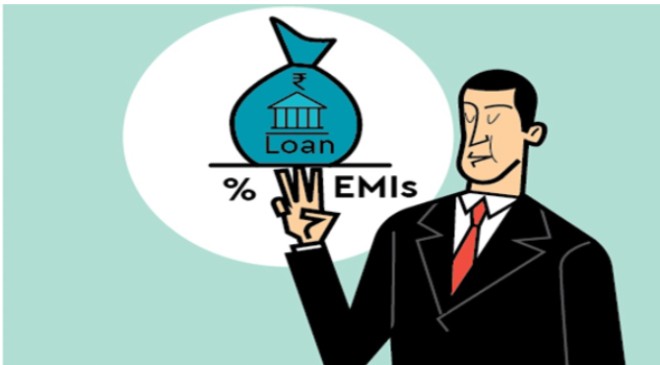Step-up Equated Monthly Instalment (EMI) is a loan repayment option wherein the payment of the EMI is lower in the initial years and increases gradually over the loan tenure.
Read More: Electricity output sees marginal growth
Anuj Sharma, Chief Operations Officer at IMGC, says, “The fundamental principle of step-up EMI is to align the loan repayment schedule with the borrower’s expected increase in income, thereby enabling better financial management. This is largely offered under the home loan segment (longer repayment period). In a step-up EMI plan, during the initial years, the borrower primarily pays off the interest component, and the principal component is paid off in higher proportions during the latter part of the loan period. This gradual increase in the EMI is determined at the time of loan approval and is typically set to match the borrower’s expected income growth trajectory.”
Who should opt for this? This concept is noteworthy because affordability is a significant barrier when buying a home.
“The challenge of home affordability is further compounded by inflation, escalating real estate prices, and the relatively low median income. Step-up EMI scheme addresses this affordability issue head-on. Offering a reduced EMI during the initial years of the loan makes homeownership a realistic possibility for many individuals who would otherwise struggle to meet the financial demands of a conventional loan repayment structure,” says Sharma.
Moreover, this model suits the earning progression of most professionals in India, who often start with a modest income that gradually grows over the years. This scheme aligns loan repayments with the income growth trajectory, making it a more manageable and less stressful financial commitment. It allows borrowers to plan their finances better as their repayment capacity improves over time.
Read More: Home Loan: What are the penalties if you miss your home loan EMI?
Sharma explains some of the important benefits that one must know about step-up EMI facilities.
Enhances loan eligibility: With step-up EMI plans, potential homebuyers could become eligible for a higher loan amount as lenders consider the expected growth in the borrower’s income while sanctioning loans. This higher eligibility can help individuals buy a better house in a preferred location, which may have been out of their reach with a standard EMI plan.
Facilitates early home ownership: The step-up EMI plan allows young professionals to fulfil their dream of homeownership early in their careers despite having a lower starting salary. They no longer need to wait for their incomes to reach a certain level to afford the EMI of a home loan.
Tax benefits: In India, borrowers can claim tax deductions on the interest component of the home loan under Section 24 of the Income Tax Act. As the interest component is higher in the initial years of a step-up EMI plan, borrowers could optimize their tax savings.
It’s crucial to note that while a step-up EMI plan may seem attractive, it carries certain risks.
The most significant risk is that the increase in EMI is not always directly proportional to the rise in income. If the borrower’s income doesn’t increase as expected, they might face financial difficulties in managing the higher EMIs in later years. Besides, Sharma says, “As the repayment of the principal component is lower in the initial years, the overall interest outgo over the entire repayment period may be higher compared to a regular EMI plan.”
Read More: 7th Pay Commission: Central Govt Employees To Soon Get 3% DA Hike
Thus, one must carefully evaluate their financial position, future income growth potential, and other financial obligations before opting for such a scheme. Moreover, one must also seek professional financial advice before choosing a step-up EMI plan.



































